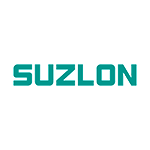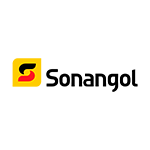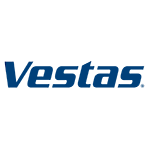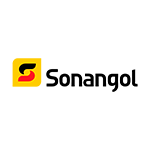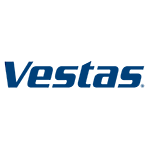SAFETY GUARANTEE AND LEGAL OBLIGATIONS COMPLIANCE
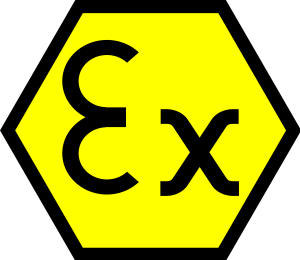
The term ATEX / DSEAR or IECEx applies to potentially explosive atmospheres due to the possible presence of combustible dust, vapors or gases that could ignite and cause an explosion
Ensuring the safety and well-being of people and the environment is paramount in a comprehensive and effective physical asset management strategy.
This plan should include measures to mitigate the risks posed by potentially hazardous substances in explosive atmospheres, such as gases, vapors, mists, or dust, which can ignite and spread combustion throughout the mixture.
To address these risks, it is necessary to identify and define “ATEX and Dangerous Areas” that require special prevention measures. These areas should be classified to protect workers’ health and safety.
ATEX, DSEAR, and IECEx are all related to the safety of equipment and systems used in potentially explosive atmospheres. ATEX is a European directive, DSEAR is a set of UK regulations, and IECEx is an international certification system, all working towards the same goal of preventing explosions and ensuring the safety of workers in hazardous environments.
DIRECTIVE ATEXThe ATEX directive is an European Union (EU) legislation that deals with the protection of workers against the risk of explosions in potentially explosive atmospheres.
The scope of the directive includes safety, control, and regulation devices, as well as equipment whose use is intended for external environments with a risk of explosion, but which is necessary or contributes to safe operation.
Directive 2014/34/UE
It establishes the safety rules to be complied with by equipment and protective systems intended for use in potentially explosive atmospheres. Directive 94/9/EC was transposed into national law by Decree-Law 112/96 of August 5 and Directive 2014/34/EU by Decree-Law 111-C/2017 of August 31.
It establishes minimum requirements to improve the protection of the health and safety of workers who may be exposed to risks arising from explosive atmospheres in the workplace. It was transposed into national law by Decree-Law no. 236/2003 of September 30th.
Even though Europe’s legal framework relies on ATEX, the international standards remain valid worldwide. These standards may undergo minor modifications to accommodate local conditions.
DSEAR regulations
- IEC 60079-10-1 Area Classification for Gases and Vapors
- IEC 60079-10-2 Area Classification for Hazardous Dusts
- IEC 60079-14 Equipment Selection and Installation
- IEC 60079-17 Installation Inspection
- IECEx Certified Equipment Scheme
- IECEx Certified Services Scheme
- IECEx Conformity Mark Licensing System
- IECEx Certified Competent Persons Scheme
EQS Global has multidisciplinary engineering teams that develop integrated services dedicated to Explosive Atmosphere Management, using our in-house built platform to help the client keep track of all actions, optimizing the flow of data information in real-time.
ADVANTAGES:
- Preventing explosions in potentially explosive atmospheres
- Mitigating the risk of accidents
- Ensure regulatory compliance
- Reduced cost of fines
- Reduced insurance premiums
- Enhance your reputation as a safe and reliable company
These objectives are achieved through a series of specific requirements, including the classification of areas, risk assessment of personal injury and material damage, the inspection of equipment and systems, the implementation of appropriate safety measures, and the training of employees.
- ATEX Manual revised whenever there are significant changes that affect the safety of operations.
- Frequency of inspections of equipment installed in hazardous areas.
APPLICATIONS
Electricity production
Chemical industry
Waste water treatment
Gas distribution
Wood processing
Paint and coating
Agriculture
Metallurgy
Food industry
Pharmaceutical industry
Recycling
Refineries
Landfills
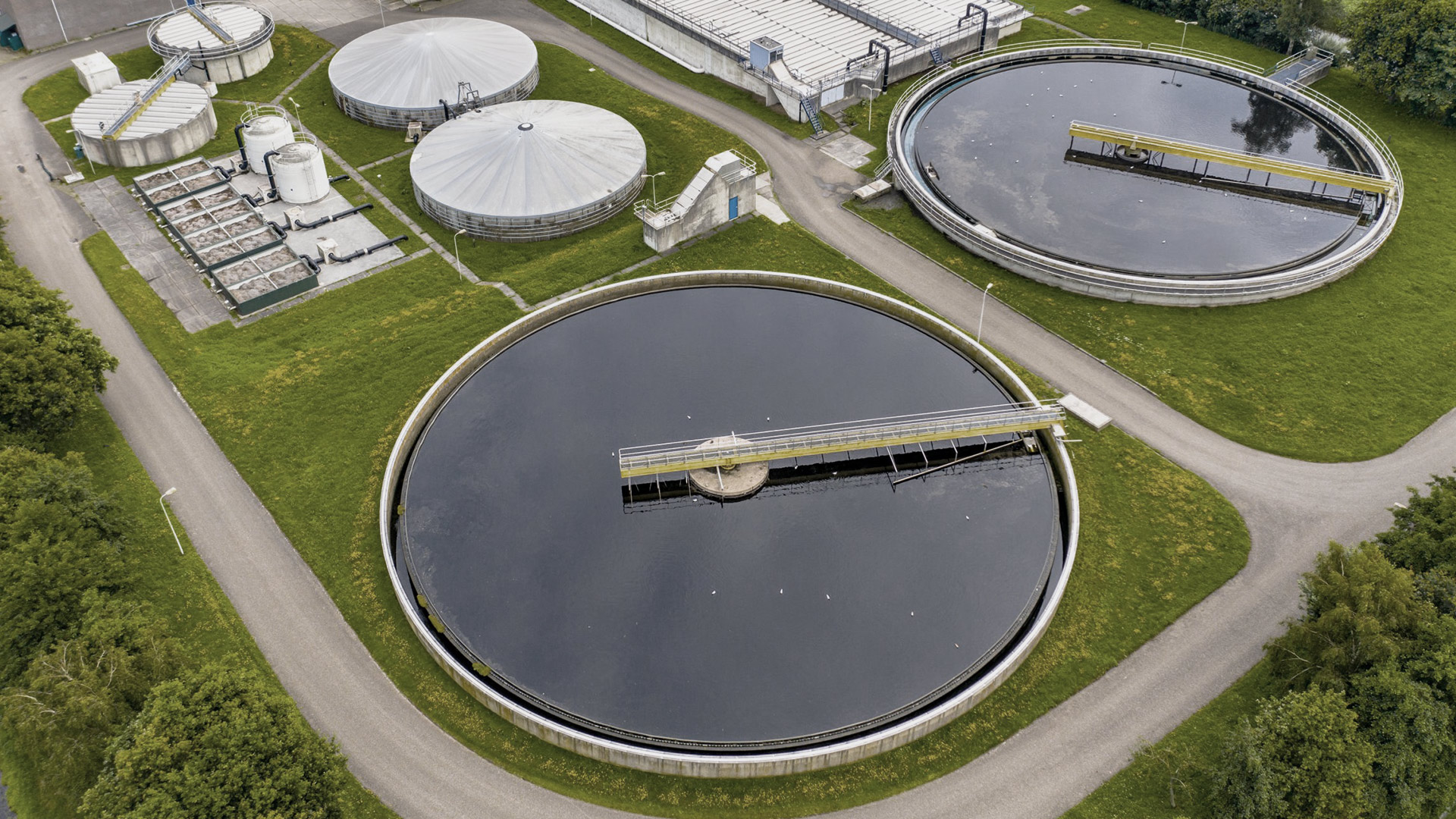
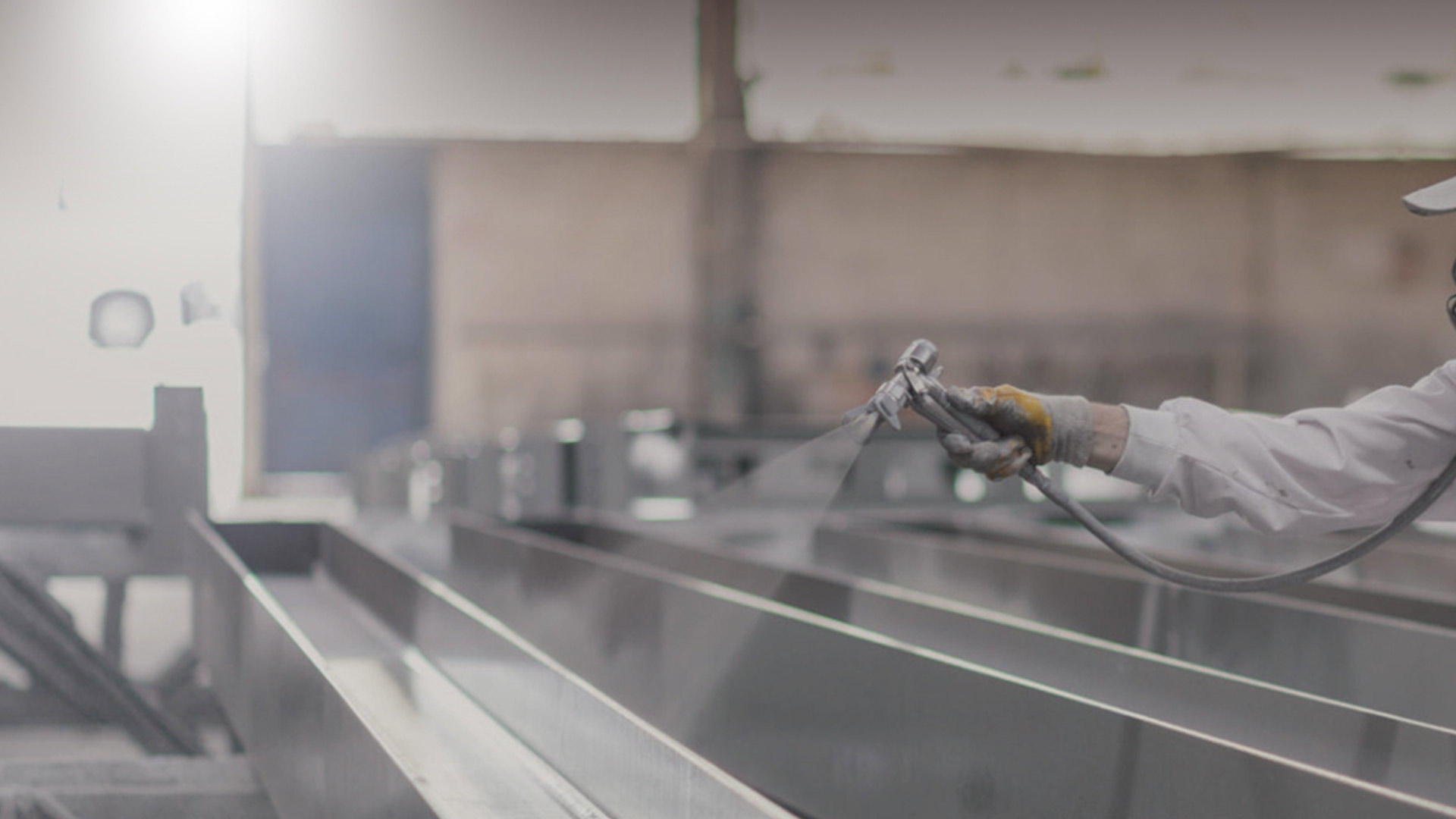


APPROACH

1.
Create/Revise the protection manual
Definition of ATEX classified zones and their characteristics
2.
Field inspection and gap identification
Gap repair and re-inspection
Verification in the field of characteristics and status of equipment in the classified areas
3.
Periodic inspections
Ensure that the installation and equipment are in accordance with the manual
4.
Training
Ensure that employees are aware of the implications and actions to be carried out

CENTRALIZING INFORMATION SAVES TIME IN RISKY SITUATIONS
The use of technologies offers a more effective predictive and preventive analysis for risk situations in each ATEX area, anticipating possible risks and favoring decision-making in emergency situations.
The response time is immediate as all information is centralized, organized, and accessible to all responsible parties.

Auditable
Safe
Mobility
ATEX PetrochemicalCASE STUDY
The petrochemical company needed to:
- Review the Explosion Protection Manual
- Detailed inspection of electrical, non-electrical and instrumentation equipment within hazardous areas
- Gap analysis and implementation of minor repairs
- Implementation of a reinspection system
0
0
0
0

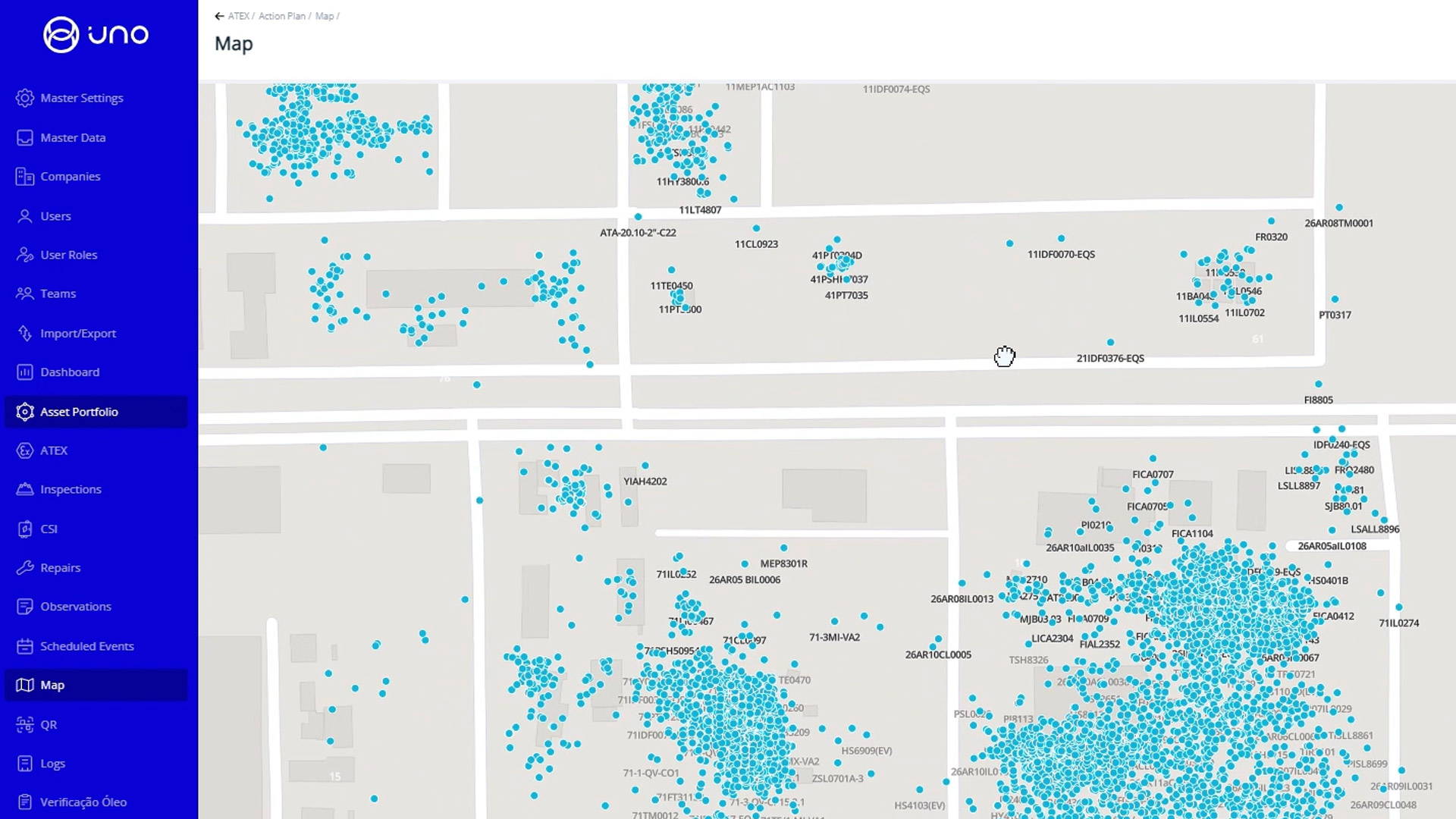
The project involved:
- 2 ATEX experts
- 14 inspetors and backoffice technicians
Were developed:
- more than 23.000 inspections and equipments
- more than 68.000 fitness for purpose (gap analysis)
- more than 49.000 action plans
- more than 2.000 earth continuity measurements
- placed more than 500 identification smart tags
- placed more than 1,600 cable tags
Description:
CREATION/REVISION OF THE ATEX MANUAL
Tasks performed:
- Explosivity analysis of various dust samples
- Operational data analysis
- Simulations using Phast software
- Risk assessment of damage and material
- Documental Revision
- Revision of area classification drawings
FIELD INSPECTION
Inspections were carried out in accordance with the IEC 60079 standard on the:
- electrical equipment
- Non-Electrical equipment
- Instrumentation equipment
The ATEX module was used to carry out the inspections, collecting all the evidence (photographs, videos, text).
All actions and indicators are generated in real time.
GAP IDENTIFICATION AND ACTIONS RECOMMENDATIONS
By geo-referencing the equipment and comparing it with the plans produced, we check that the equipment is in accordance with the needs of the site.
During the inspection we check all the applicable points of the IEC standard checklists, ensuring that anomalies are identified and can be repaired.
ACTION PLAN + REINSPECTION
For each one of the identified GAP, were defined mitigation actions.
After the action was implemented, re-inspections were carried out.
PERIODIC INSPECTIONS
Periodic inspections are essential to ensure that installations are kept in satisfactory condition.
The ATEX module allows us to define inspection periods, ensuring that we have vision and control over inspections.
TRAINING
Training activities were carried out (legal obligation)
- 3 training sessions were held
- 2 online training actions were made available









